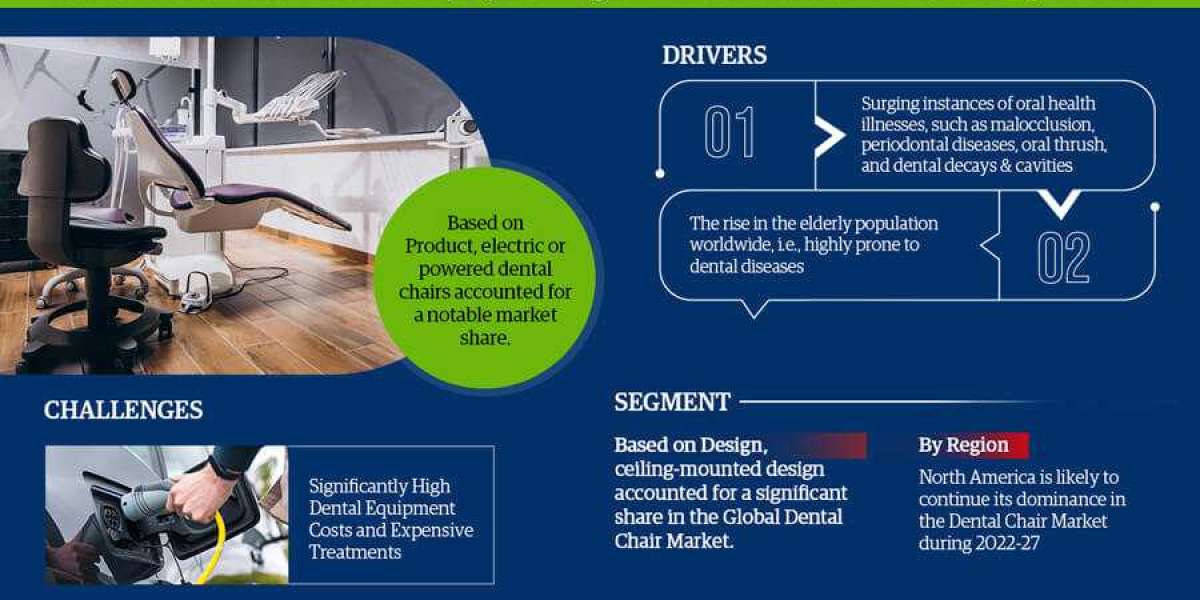Introduction to Material Hardness and Grinding
When selecting abrasive tools, understanding how they perform on materials of different hardness is essential. The Non-Woven Fiber Wheel is widely used for surface finishing, deburring, and polishing across metals, composites, and wood. Its efficiency varies depending on the hardness and density of the workpiece. Evaluating performance on soft, medium, and hard materials helps determine the optimal applications and operational parameters.
Performance on Soft Materials
Soft metals and materials, such as aluminum, brass, and certain plastics, allow the Non-Woven Fiber Wheel to remove material quickly without excessive pressure. The flexible fibers conform to the surface contours, providing uniform finishing while reducing the risk of scratching. This adaptability ensures fast processing while maintaining a smooth and consistent surface, making the fiber wheel highly effective in applications like polishing delicate parts or finishing soft metal sheets.
Performance on Medium-Hard Materials
Medium-hard materials, including mild steel or certain composites, present a balance between material removal and surface preservation. The Non-Woven Fiber Wheel maintains reasonable efficiency while controlling heat generation, preventing surface discoloration or damage. Operators can adjust feed pressure and rotational speed to optimize performance. In these applications, the fiber wheel demonstrates versatility, combining deburring and surface finishing in a single step, which improves productivity.
Performance on Hard Materials
Harder metals, such as stainless steel or hardened alloys, challenge abrasive tools due to higher resistance and heat buildup. The Non-Woven Fiber Wheel can still achieve effective surface conditioning, though material removal is slower compared to softer materials. Selecting appropriate fiber density, grit size, and wheel hardness is critical to maximizing efficiency and prolonging tool life. Proper technique, including controlled pressure and cooling where necessary, ensures consistent results without compromising the integrity of the workpiece.
Advantages of Non-Woven Fiber Wheel Across Hardness Ranges
One key advantage of the Non-Woven Fiber Wheel is its consistent performance across a wide range of material hardness. Its open web structure reduces clogging, prevents excessive heat, and allows continuous cutting action. The wheel’s flexibility also accommodates irregular surfaces, maintaining even finishing on both soft and hard materials. This combination of adaptability and controlled material removal makes it a versatile choice for workshops and industrial applications.
The Non-Woven Fiber Wheel demonstrates varied but reliable efficiency depending on material hardness. Soft materials allow for fast, smooth finishing; medium-hard materials require careful adjustment but provide versatile results; hard materials demand controlled technique but still benefit from uniform surface conditioning. Understanding these differences helps operators select the right fiber wheel parameters for specific tasks, ensuring optimal efficiency, quality, and tool longevity across diverse applications.






